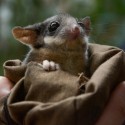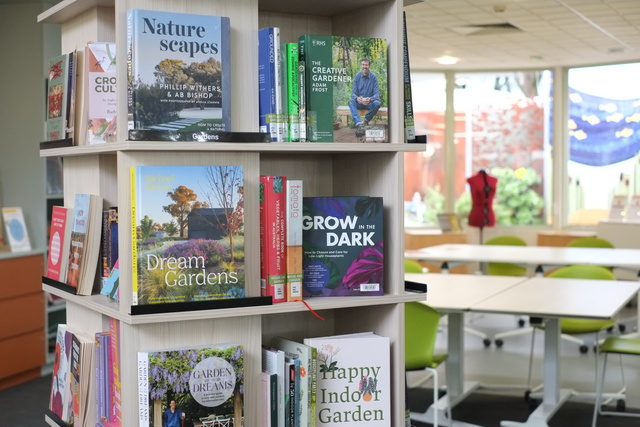By JESSE GRAHAM
A ROADMAP to save the Leadbeater’s Possum from extinction has been released by the Federal Government, with recommendations to save populations in the Central Highlands and Yellingbo.
On Friday, 19 February, the Leadbeater’s Possum Draft Recovery Plan was released by the federal Environment Department for a three-month consultation period.
The 101-page document is the first recovery plan for the animal since 1997, released with the aim of reducing the possibility of the animal’s extinction over the next 100 years to one per cent.
The plan details the history of the possum, including its decline over the last 18 years due to habitat loss by bushfire and logging, and outlines measures to stabilise and increase the animal’s population over the coming 50 years.
This includes reviewing all existing and future planning and policy regarding the possum, establishing additional populations outside of the Central Highlands and improving research and monitoring, worth $31 million across six bodies.
Though much of the focus of the plan is on the Central Highlands population of the animal, the report also lists actions for the Yellingbo lowland possum, which has an “extremely high” risk of extinction.
Australian National University (ANU) Professor, David Lindenmayer, whose research is referenced multiple times in the plan, said he “commended” the Federal Government’s work, but said it was “short on actions on the ground.”
“Quite clearly, the most important thing that needs to happen … is every single large old tree (in the Central Highlands) needs to be properly protected,” he said.
Prof Lindenmayer took issue with the Recovery Plan’s proposal for establishing possum populations elsewhere in the state, to protect the animal from being wiped out in catastrophic bushfire, such as Black Saturday.
“I think it distracts from the need to conserve the animal where it occurs,” he said.
“Why are we going through this … while we’re still cutting down the trees that it needs to live on? It’s absurd.”

Threatened Species Commissioner, Gregory Andrews, told the Mail that the government was open to “all evidence-based options” for the animal, and that he wouldn’t rule out relocating colonies.
“What’s most important is that we be open-minded and approach this based on ideas and logic, rather than ideology.”
When asked whether he thought the measures could prevent the extinction of the possum, Prof Lindenmayer said it was possible.
“I think it’s a good aim,” he said.
“It’s certainly a hell of a lot better than where we are now.”
The recovery plan evaluated the Victorian Government’s Leadbeater’s Possum Advisory Group in 2014 and condemned the group’s terms of reference, which required the group to balance the survival of the possum with maintaining a sustainable timber industry.
The plan noted measures that could have provided further protected the possums either “did not extend as far as would have been possible if the focus was purely on the conservation of the species”, or were “subsequently excluded” for that reason.
One of these measures was establishing a 200-metre radius exclusion zone for timber harvesting around possum colonies, which would provide a ‘low to medium’ impact on protecting the animal.
A 500-metre or a one-kilometre exclusion zone, according to experts, would have provided a ‘medium’ or ‘high’ impact.
VicForests’ General Manager of Planning, Nathan Trushell, said the organisation “continues” to implement measures to help the possum, such as protecting “all colonies found in areas planned for harvest”, and reducing the use of clear-fell logging.
“We look forward to being part of the discussions as the recovery plan is finalised, to ensure the latest information and science is incorporated.”
The Mail asked whether VicForests would increase exclusion zones to a one-kilometre radius from possum colonies, but did not receive a response.
“What’s most important is that we be open-minded and approach this based on ideas and logic, rather than ideology.” – Threatened Species Commissioner, Gregory Andrews
Victorian Environment Minister, Lisa Neville, said the Victorian Government helped to develop the recovery plan and that it was “likely” that it would inform the Forest Industry Taskforce discussions about the possum.
The Mail asked whether the terms of reference for the taskforce discussions would limit the scope of its recommendations, as with LPAG, but did not receive a response.
Mr Andrews and Ms Neville said anyone with a view on the possum’s future, or who had an idea for the animal’s recovery, should make a submission during the consultation period.
The recovery plan will then be reviewed by the Threatened Species Scientific Committee, before being submitted to Federal Environment Minister, Greg Hunt, for approval by the middle of the year.
To view the draft plan,click here.







